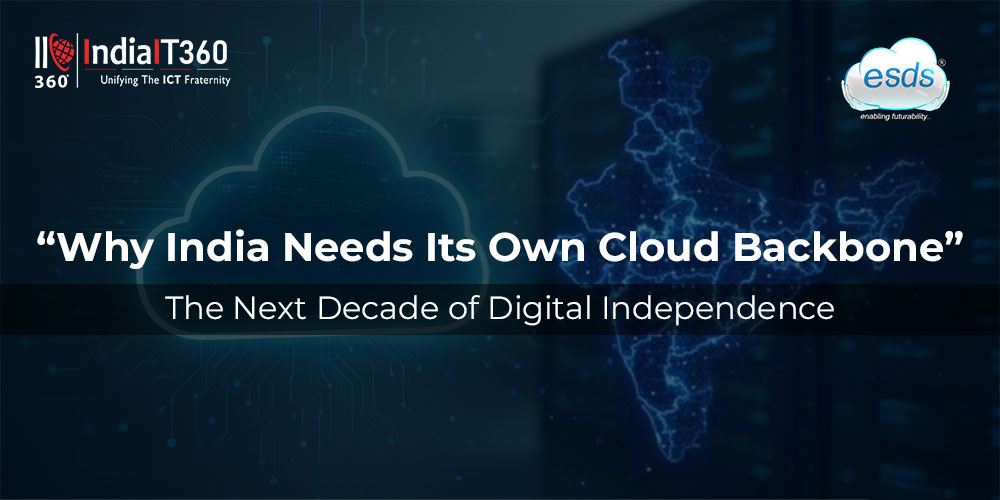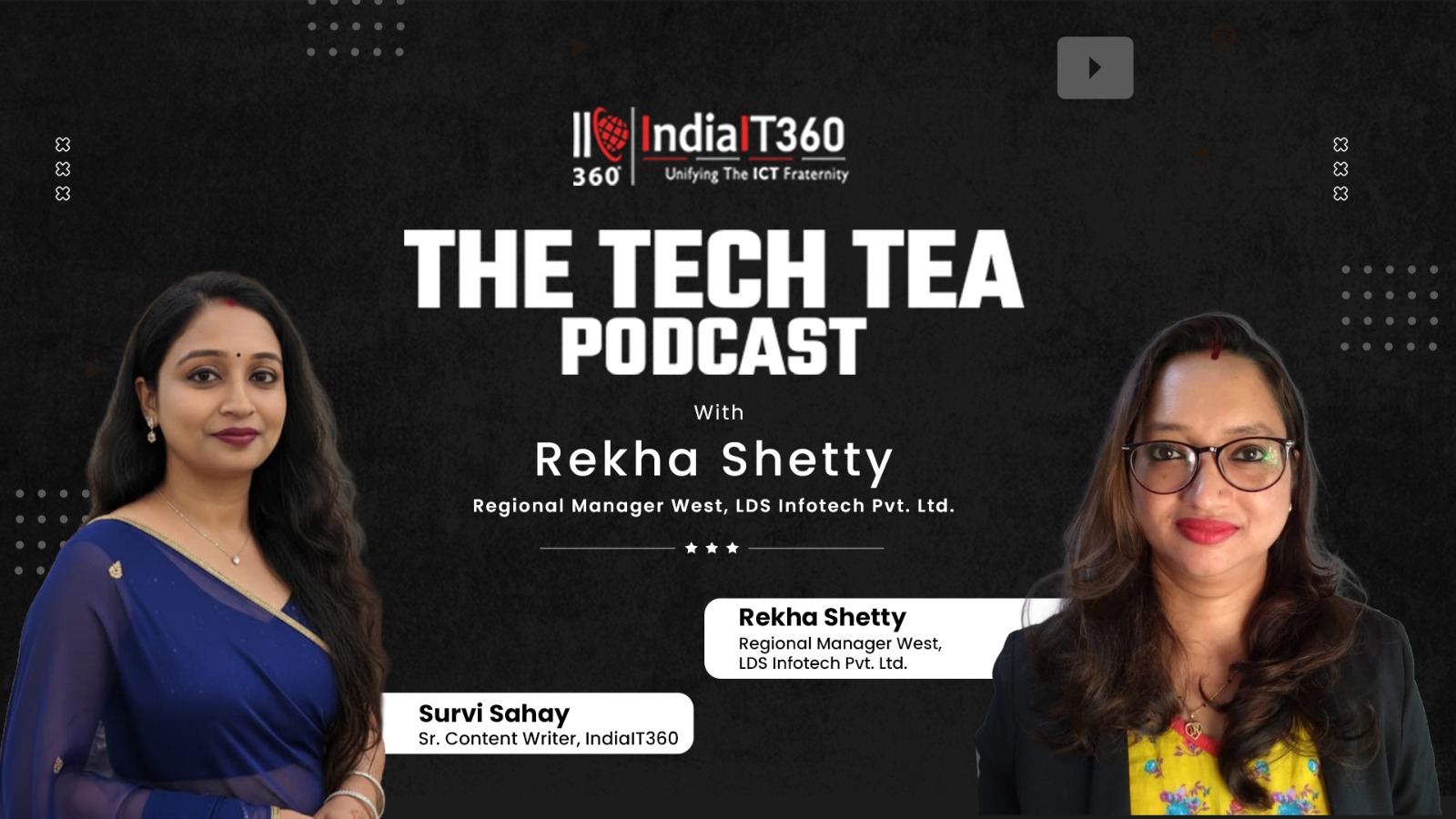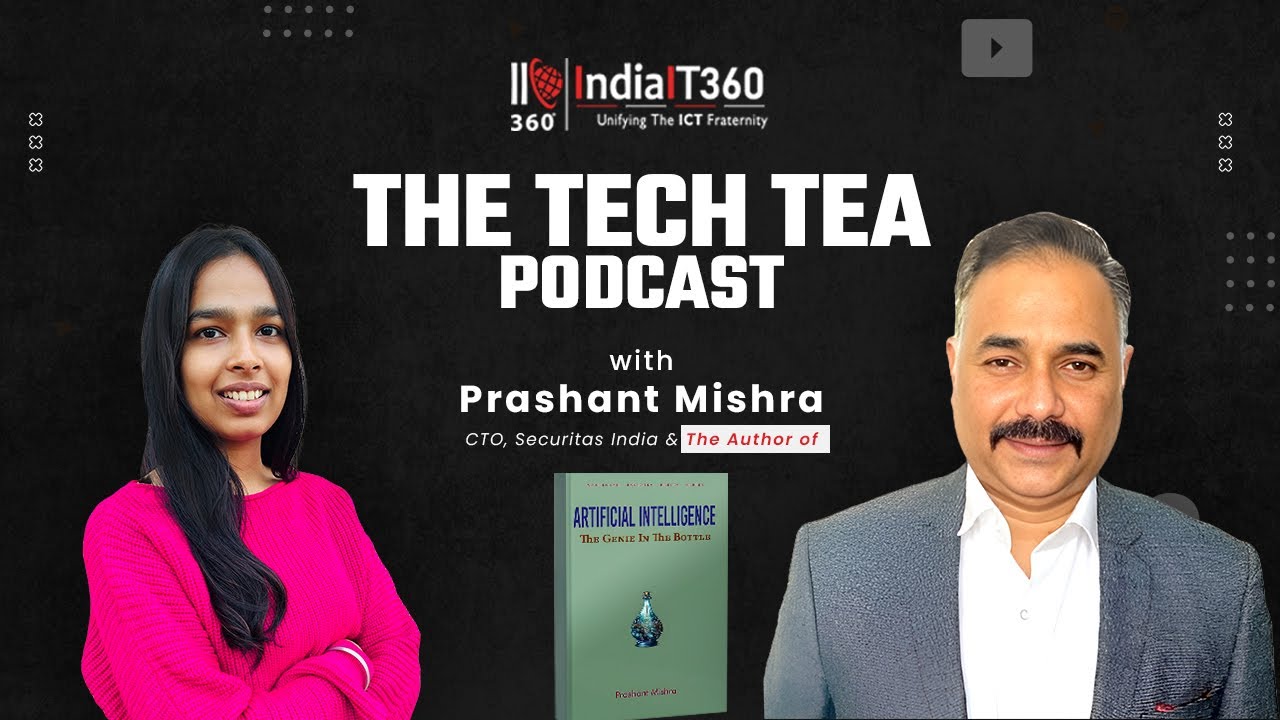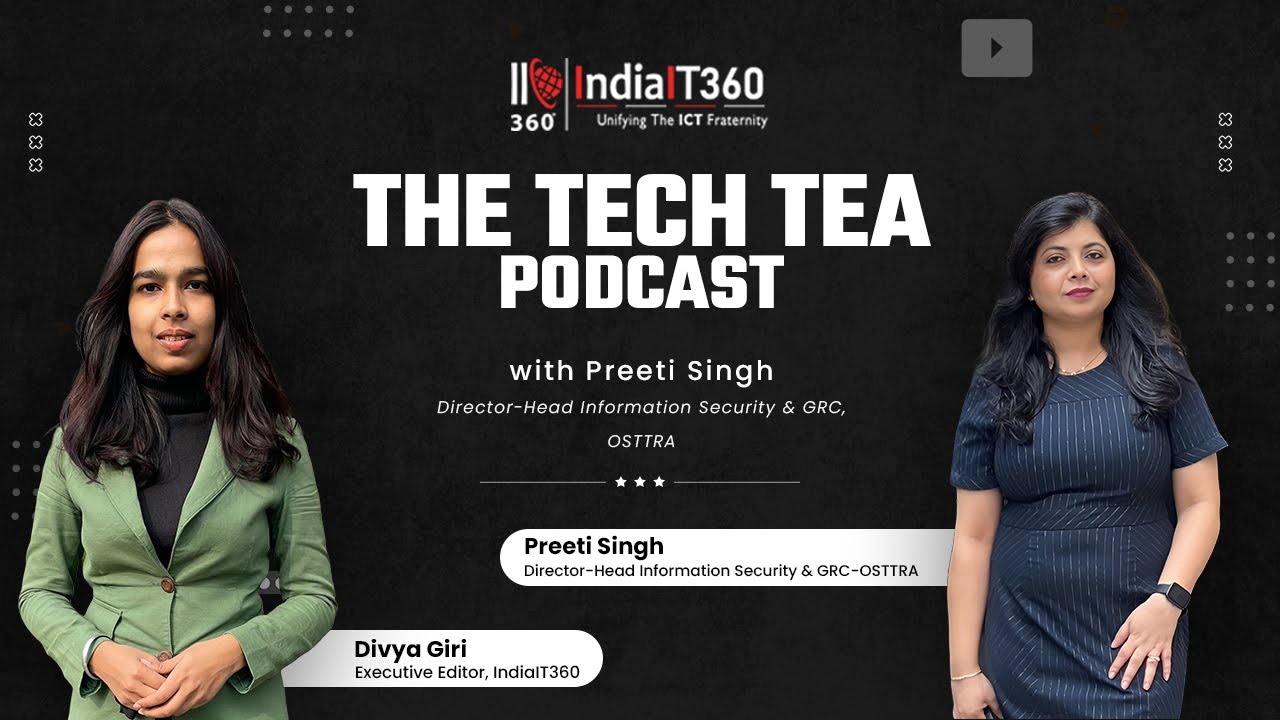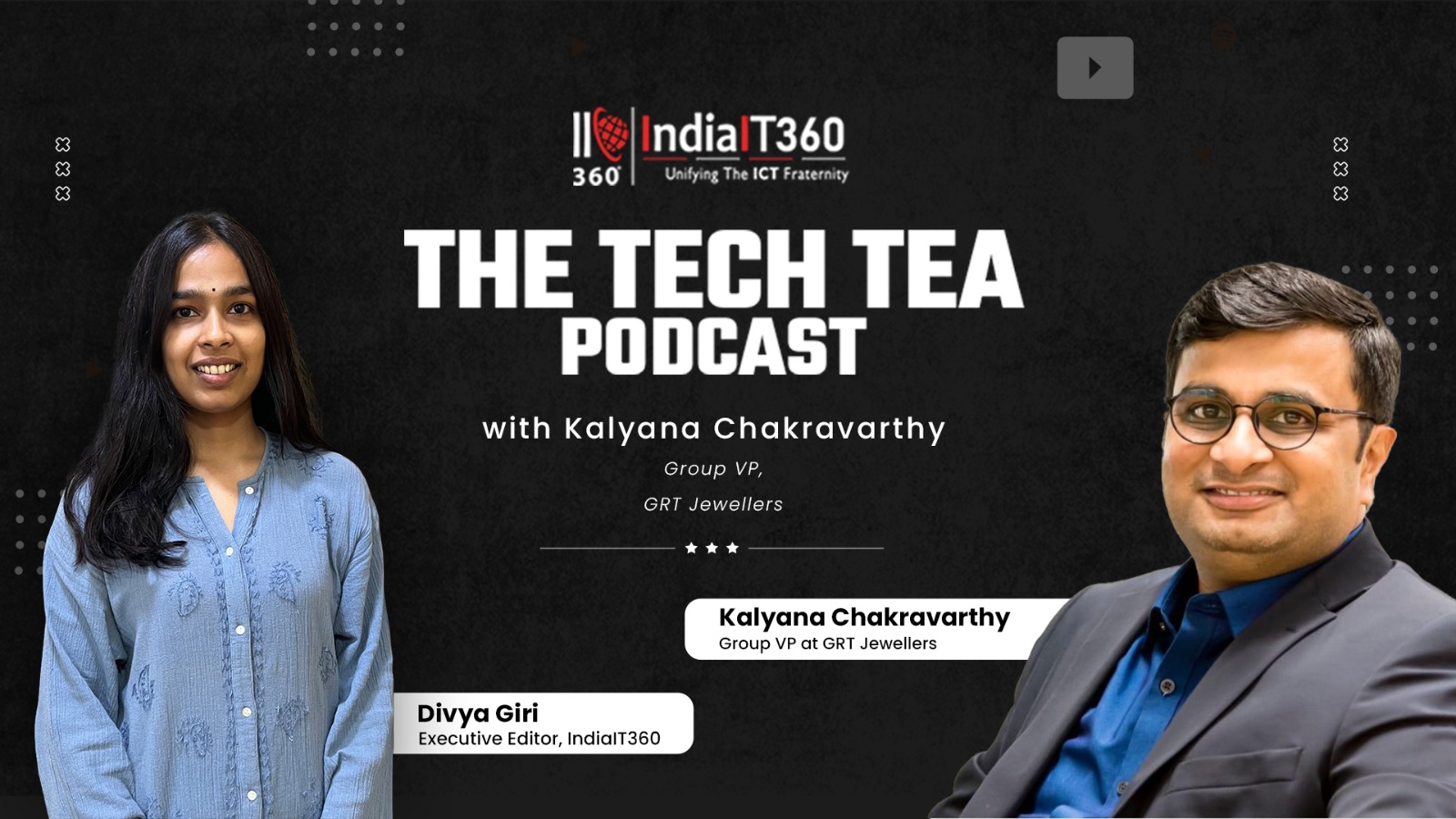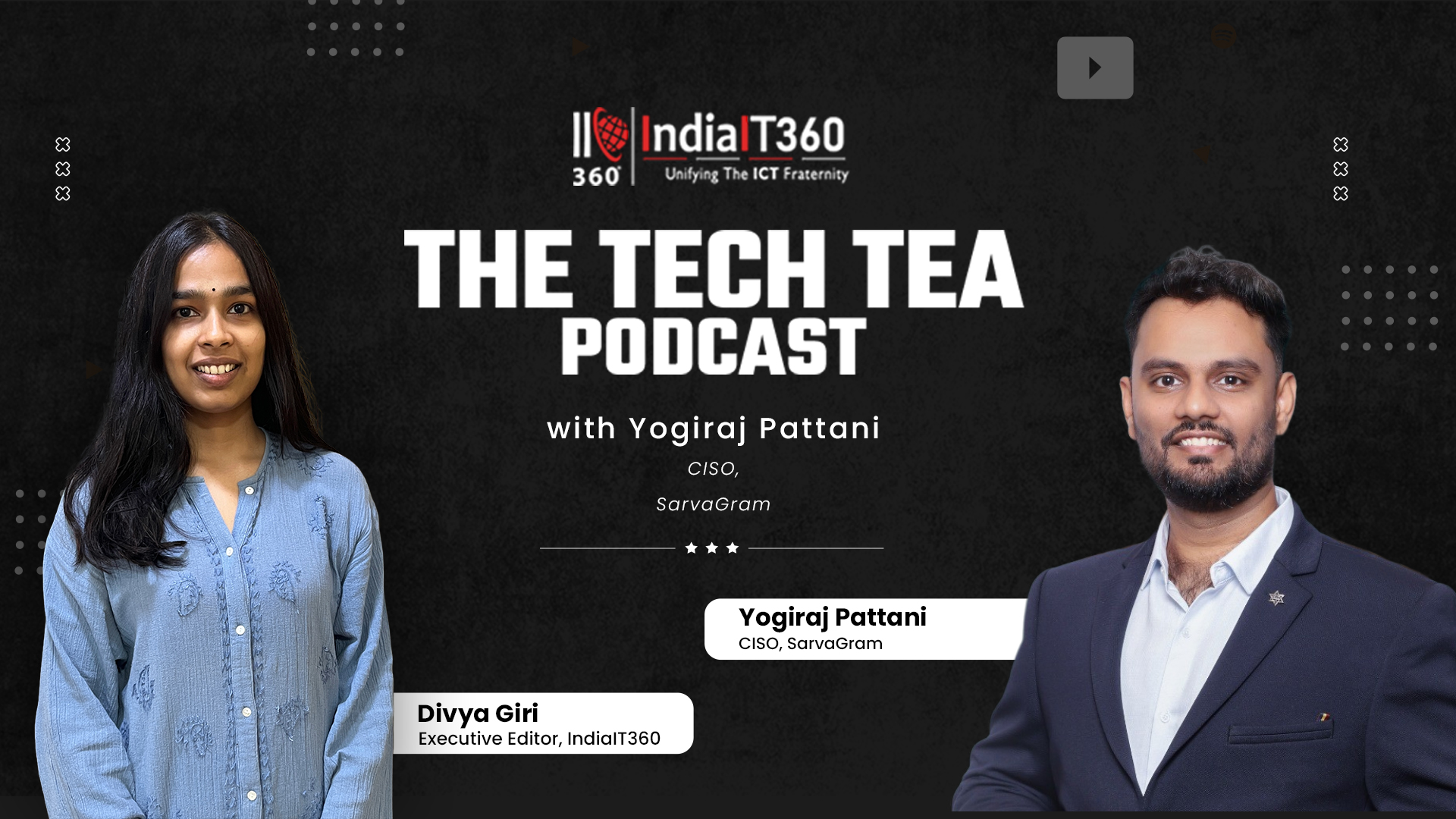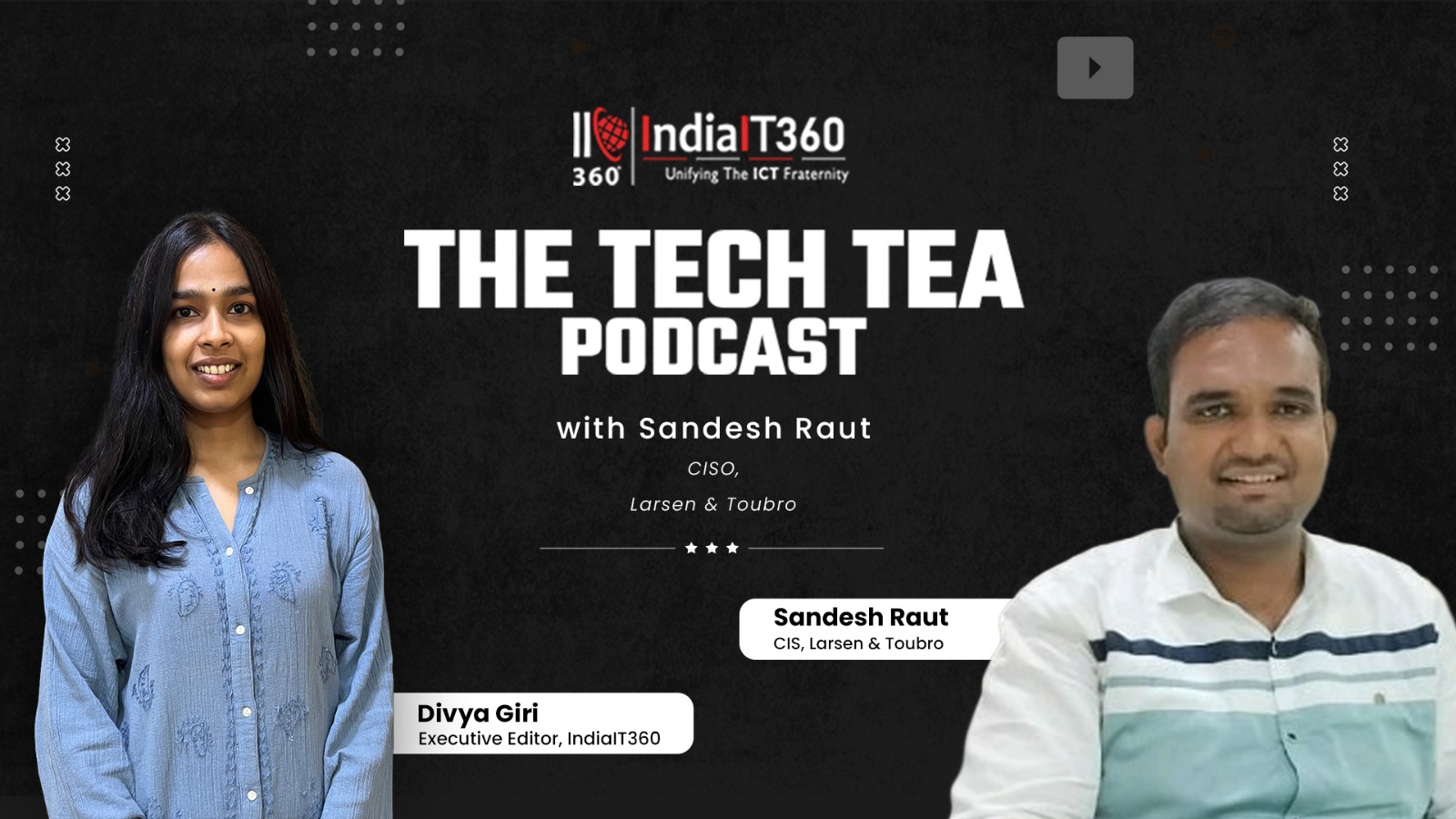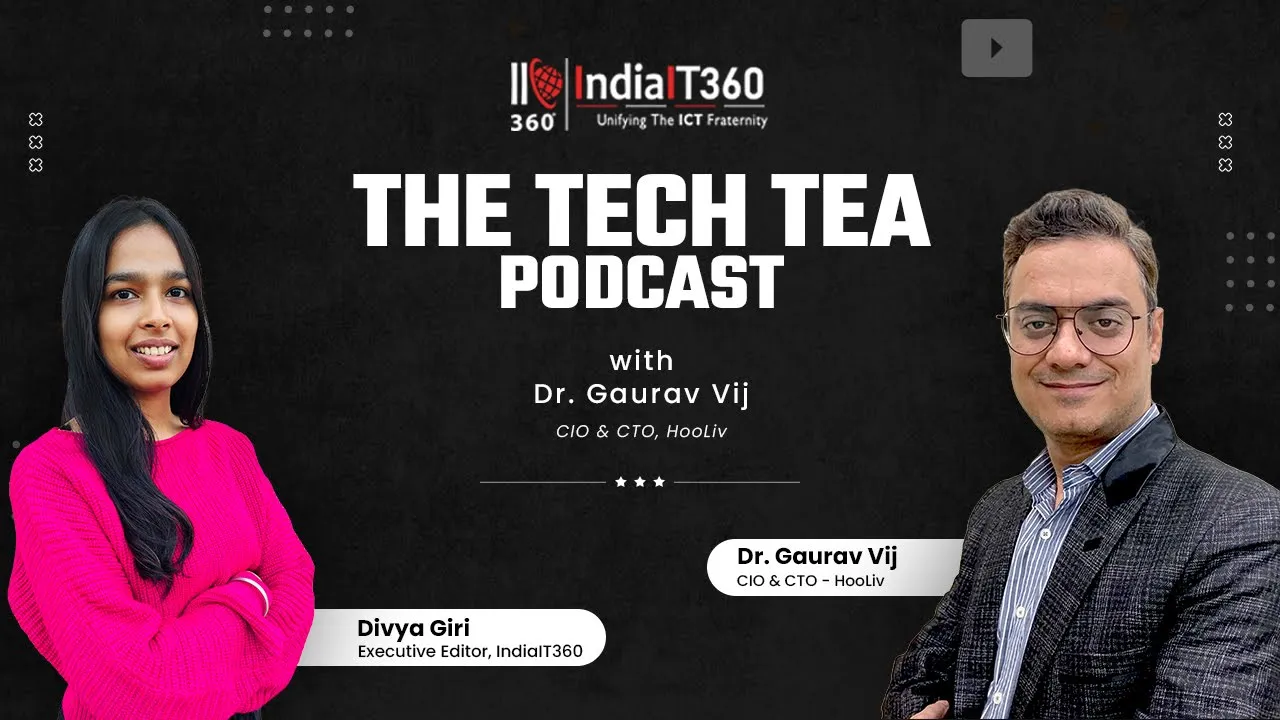Leaders Tech Talk: Balancing Sustainability and Profitability Through Technology
Are you a CIO or a CTO? Who is heading the IT Management?
An exciting topic indeed but needs an analysis.
Where should the line be drawn? Who is leading the IT Management Department? A CTO (Chief Technology Officer) or a CIO (Chief Information Officer)? How are their working different from each other?
It depends on the size and structure of any business, whether it can have a CIO or a CTO. A Chief Information Officer or Chief Technology Officer is the person in charge of the corporate software and management of the IT department.
CTO’s Focusing On Technological Advancements
While a CIO mainly focuses on monetizing existing technologies to drive innovation, a CTO implements the latest technologies and assesses their overall impact on the company.
The CTO drives innovation and strategic advancements, helping the organization stay future-ready and efficient. They have a keen eye for new technologies to help organizations become agile and competitive in today’s tech market. They also are a beast of the latest game in the IT space. Besides evaluating the new technologies, CTOs are also responsible for monitoring and leveraging their implementation. They work closely with the IT team to ensure the organization has adequate resources and capabilities to adopt and leverage the latest tech efficiently.
Furthermore, CTOs stay updated and aligned with external players, like IT vendors and research institutions, so they have full access to the latest tech and don’t fall behind. They also attend workshops, conferences, and events to collaborate and stay in line with upcoming technologies, helping them understand how technologies are used in the organization to generate maximum output.
According to Vishal Gupta, who holds the dual roles of the CTO and CIO at the printer and imaging goods manufacturer Lexmark and senior vice president of linked technologies, a CTO is usually responsible for “creating great experiences and offerings for an organization’s customers and partners.”
CIO: Experts In Information Management
A Chief Information Officer (CIO) has a wealth of knowledge and expertise in managing IT systems, data, and cyber security measures. They are the gatekeepers of an organization’s valuable assets and data. With the advent of data breaches and digital threats, a CIO’s role has become more prominent, and this will surely increase shortly.
Regarding responsibilities, CIOs of India are responsible for implementing robust data, which involves policies, guidelines, procedures, and data management correctly and as per compliance. This helps them ensure that organizational data is protected and accurate. These tech heads are also responsible for increasing the probability for either owners or shareholders by tasking them on how expenses can be cut short to grow the company’s total income.
James Rinaldi, Chief IT Adviser at NASA’s Jet Propulsion Laboratory Research and Development Centre, states, “I see the CIO role as the bigger picture, especially with aligning IT and business strategies.”
Now, the question arises: Does your organization need both?
Though both techies have responsibilities and work lines, not every organization needs both. Some have even found an alternative through a Hybrid or Virtual CIO, where the work gets done at minimum cost.
Many organizations have split the IT department as the tech head’s responsibility. While the CTO delivers the technology, the CIO works towards its implementation.
As an organization, how you are splitting the responsibilities among the two is purely your look, but having both alongside is a good decision.
Critical Performance Meter For Calculating CIO’s Performance
A CIO’s performance can be evaluated by looking at specific key performance indicators (KPIs), which can offer insightful information. Metrics like the effective execution of digital initiatives, increased operational effectiveness, and regular adherence to cyber security and compliance requirements are a few examples; essential markers of their performance include stakeholder satisfaction, user adoption rates, and the CIO’s capacity to foster innovation inside the company.
Measuring CTO’s Technological Advancement
Metrics can be used to assess whether a CTO is successfully advancing technological developments. These could include adopting new technologies, successfully completing technology initiatives, completing projects within the allotted budget and timeline, and influencing company results through technological advancements. Insight about the CTO’s efficacy can also be gained through partnerships with technology vendors, research institutions, and technology teams.
To Summarize
In this rapidly evolving technological landscape, new companies are developing advanced techniques. This also plays a vital role for CIOs and CTOs, as their experience and knowledge will help businesses propel.
For companies looking to utilize technology fully, it is critical to comprehend the differences and overlaps in the roles of a CIO and a CTO. The Chief Technology Officer spearheads technological improvements and ensures the company stays at the forefront of technological innovation. At the same time, the Chief Information Officer concentrates on fostering innovation and coordinating technology with business objectives. Organizations can fortify their technological capacities by using distinct proficiencies and leadership roles and gain a competitive advantage in the digital arena.
Organizations need to understand that both are important to their positions and must comprehend each other for a company’s success.
I have tried to do justice by explaining the differences and importance of both techies. Though their positions and roles sound similar, they are technologically different.
Now, bidding adieu! I hope this analysis of “Who is leading the IT department” has cleared your view and put you in a much better position to make better decisions.
All the best!






